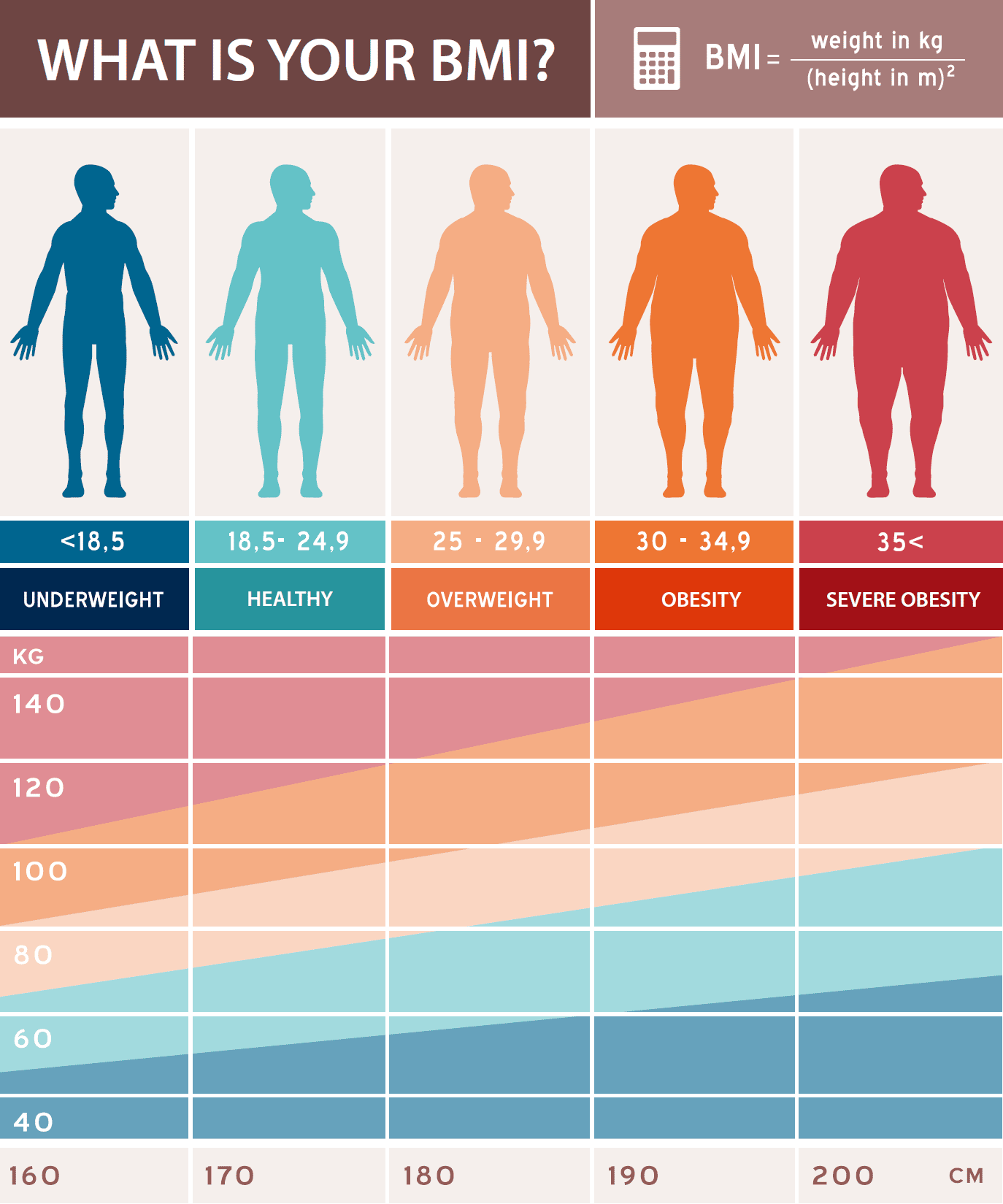Planning on retiring and want to start travelling, hiking, fishing or running after the grandchildren again?
Is surgery the weight loss solution for you?
Complete our online medical survey to find out if you’re eligible.
In Australia, the National Health and Medical Research Council (NHMRC) recommend bariatric surgery be considered for people who have a:

Hip to Waist Circumference Ratio
The hip to waist circumference ratio is another important method to measure obesity. This is a good measure for people at the extremes of height and muscle mass who therefore may fall outside the ‘normal’ body frame upon which the BMI is based.
Abdominal fat correlates with the amount of visceral fat present. This type of fat increases your risk of heart disease and metabolic complications. A bigger waist circumference indicates a higher cardiovascular risk. An apple-shaped person would have a higher risk of heart disease and other complications than a pear shaped person with the same weight or BMI.
To measure your waist, exhale and relax. Measure the narrowest point – halfway between the lowest ribs and the upper part of your hip bone. The tape should pass above your navel, not at the belt line.
Your hips should be measured at the widest point.
The ratio is the waist circumference (cm) divided by the hip circumference (cm).
Healthy target values are less than 0.95 for men and less than 0.85 for women.